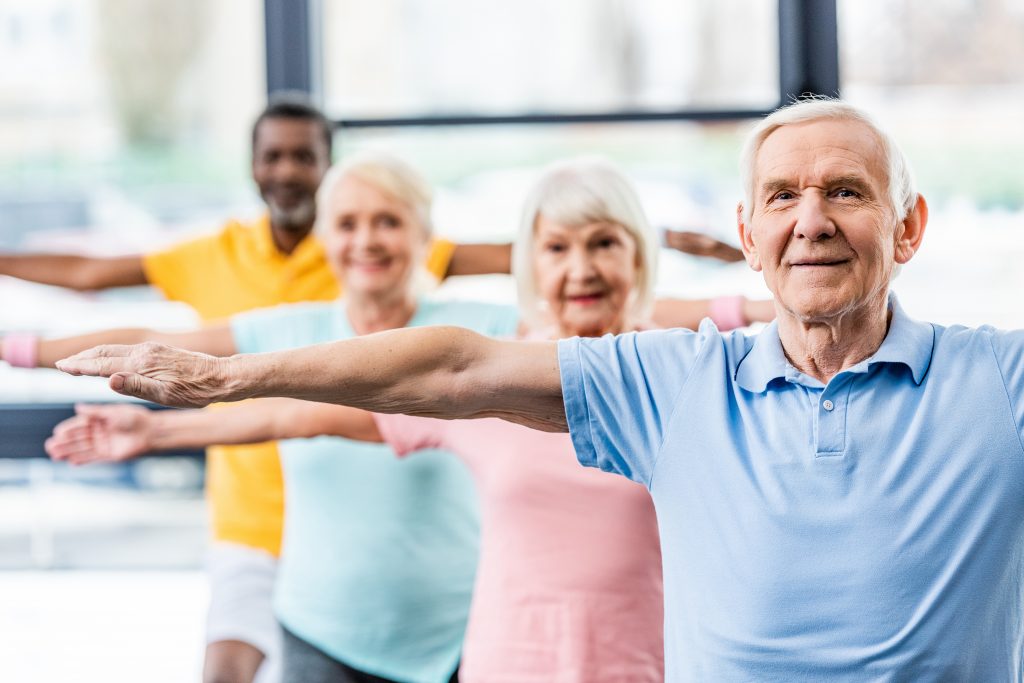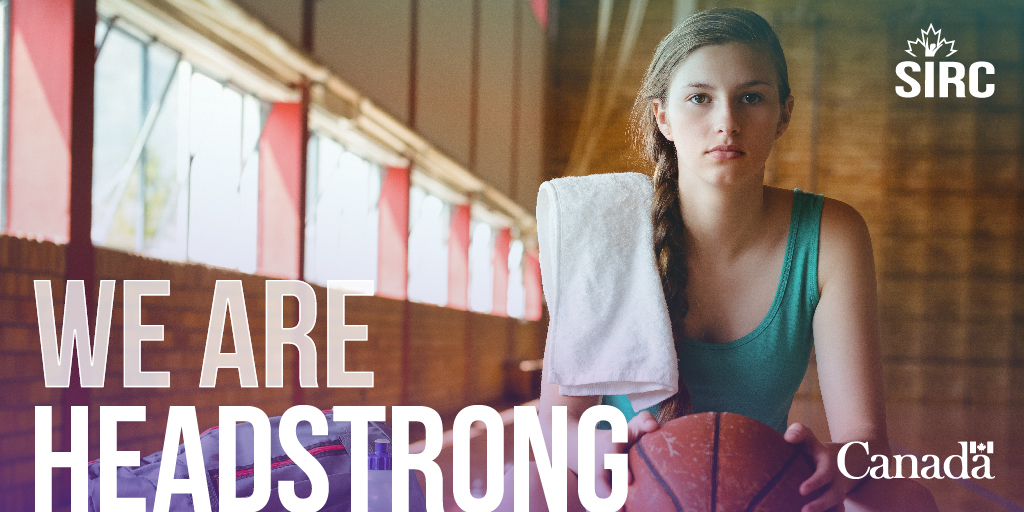OSC Concussion Initiative
The Ottawa Sport Council’s (OSC) Concussion Education Initiative offers free education sessions for Ottawa-based sport organizations. Aligned with the SIRC Headstrong campaign, this initiative is just one way the OSC is increasing awareness about concussion management and prevention at the community sport level.
National Volunteer Week 2020
Many community sport clubs rely on volunteers for management and program delivery, including coaching. One way to support volunteer recruitment and retention is to understand volunteers’ expectations – both of themselves, and of the organization. In recognition of National Volunteer Week (April 19-25), learn how sport organizations can support strong “psychological contracts” amongst volunteer coaches.
Spring 2020 SIRCuit
Check out the Spring SIRCuit! This collection of articles, provides timely and relevant research and insights relating to leadership, athlete development, and high performance sport: The Role of Nutrition in Sub-Concussion Injury Protection Engaging Youth in Evaluation Processes An Official’s Journey to the FIFA Women’s World Cup Supporting the Psychological Wellbeing of Athletes: What can Coaches…
SIRCTalks Episode #11
In the latest SIRCTalks episode, Building Capacity Through Research, Amreen Kadwa discusses how she used research on inclusivity in sport to support the development of Hijabi Ballers – a community-based organization that celebrates Muslim women and girls in sport. Watch it here.
Aging, Physical Activity and Men’s Health

Regular, meaningful physical activity provides many benefits for older adults (Bangsbo et al., 2019). However, older men can be a particularly hard-to-reach group when it comes to public health promotion and disease prevention initiatives (Bottorff et al., 2015; Carroll et al., 2014; Smith et al., 2007). In addition to general barriers older adults face (e.g.,…
Concussion Education Reaches the Community Sport Level

As awareness of the management and prevention of concussions in sport increases, Canadians have more resources at their fingertips: tools to recognize signs and symptoms, medical assessment letters, sport-specific concussion protocols, and more. Yet even with the proper tools in hand, a gap remains between understanding concussion safety and acting on it – especially at…
Walk to Tuk 2020
SIRC and the Aboriginal Sport Circle have teamed up to walk to Tuk . . . virtually! Walk to Tuk is an annual community walking challenge the distance of Big River, from Fort Providence to Tuktoyaktuk, in the Northwest Territories – a total of 1,658 kilometers. This initiative aims to help community members, schools, and…
Covered Courts Program
What’s one of the most significant barriers to tennis participation in Canada? Winter! Read the SIRCuit to learn how Tennis Canada is supporting municipalities to develop covered courts and increase access to the game.
Terry Fox Run 2019
In 1980, Terry Fox ran 5,374 kilometers, completing close to a marathon a day for 143 days, to raise funds for cancer research. Terry’s legacy lives on across Canada and around the work through community Terry Fox Runs and Terry Fox School Runs, being held on September 15th and 26th respectively. Click here for run…
Positive Para Sport Experience
Positive experiences in sport provide a foundation for participation, regardless of whether athletes are participating in community sport programs or competing at the Parapan American Games. The Quality Parasport Participation Framework identifies six “building blocks” of positive sport participation: autonomy, belonging, challenge, engagement, mastery and meaning. Learn more in the SIRC blog.